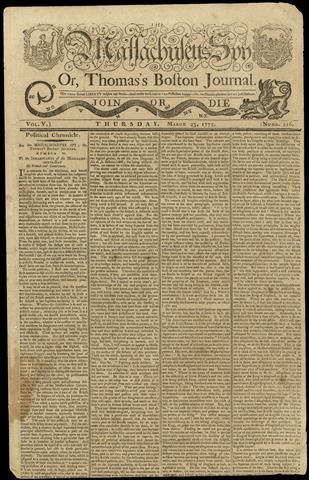Thanks HogFamily!
I use the bronze brush on humid days at the range rifle shooting. It's a pinned barrel too, and I've taken it off once in six months for the same reason, just to give it a once over and lay on a coat of Barricade
Reckon I need to configure the attachments and adapters to use 12 gauge with the ramrod, because my shotgun rods aren't near tall enough lol
Meantime, I did get a jag/patch combo that fits tight. She had some old oil for storage (Ballistol judging by the smell ha!) I managed to get it out as such so figure I could do the same for a cleaning. Temporary fix. The worm and tow work too
Big smoothie like this is a different animal than a .50 cal rifle, but they're similar in some ways. Maybe easier to clean? Might be.
Thanks for all the help thus far!
Paper cartridge shooters - you guys prime first, historically correct? I may use a primer for safety reasons. The lock is in good shape, not worried about half cock failing, but, hey, I'm not withstanding a French assault, either, so may play it safe lol


